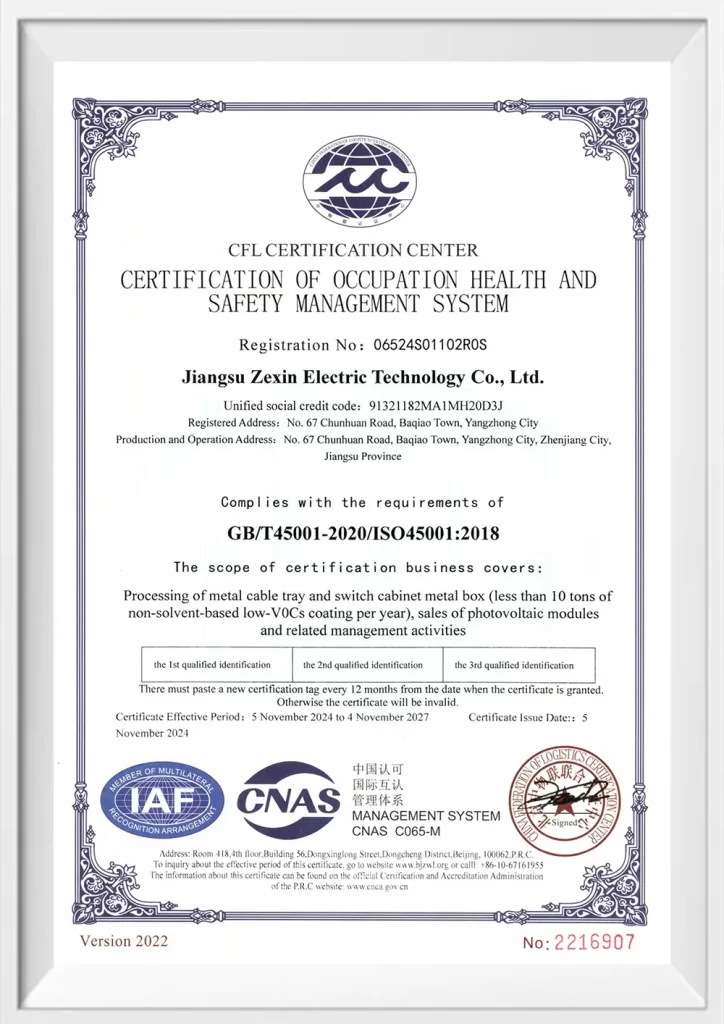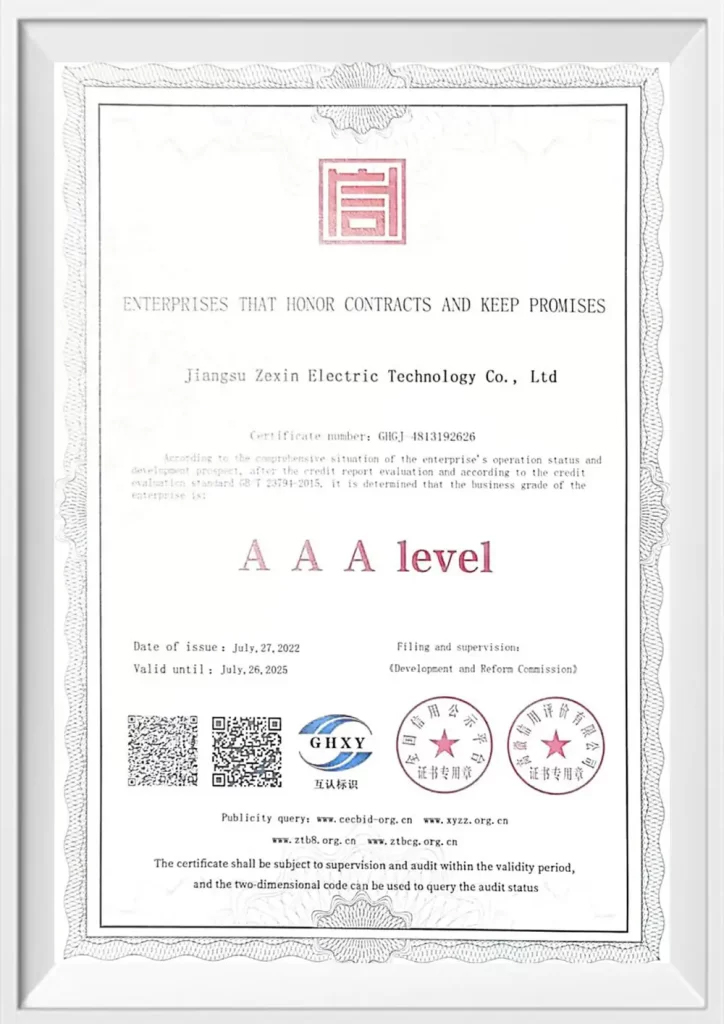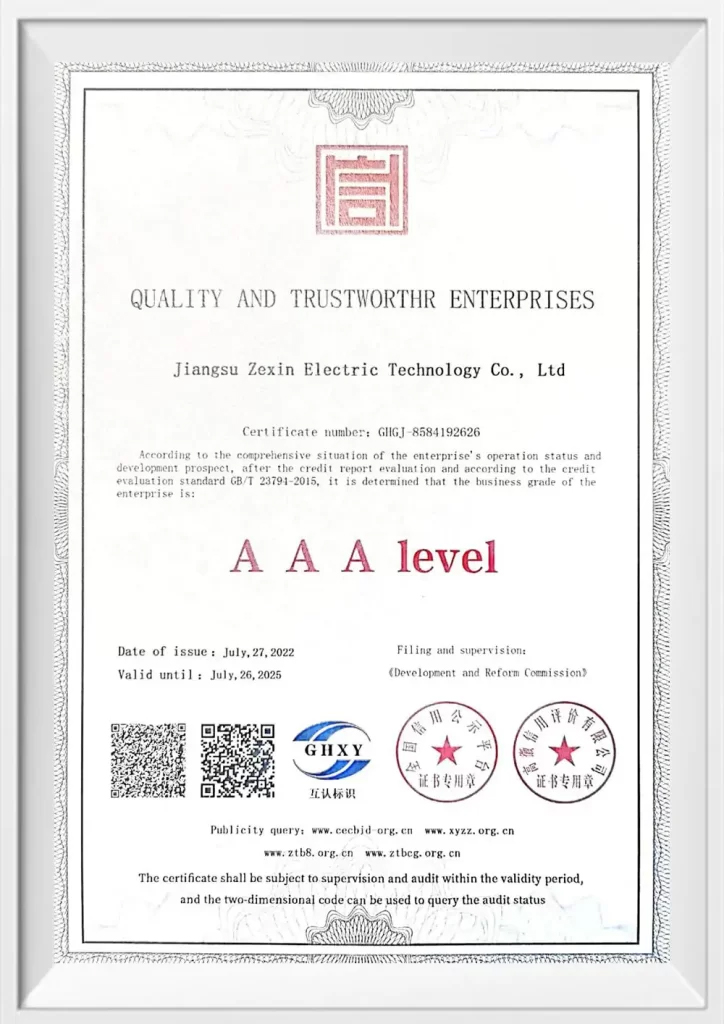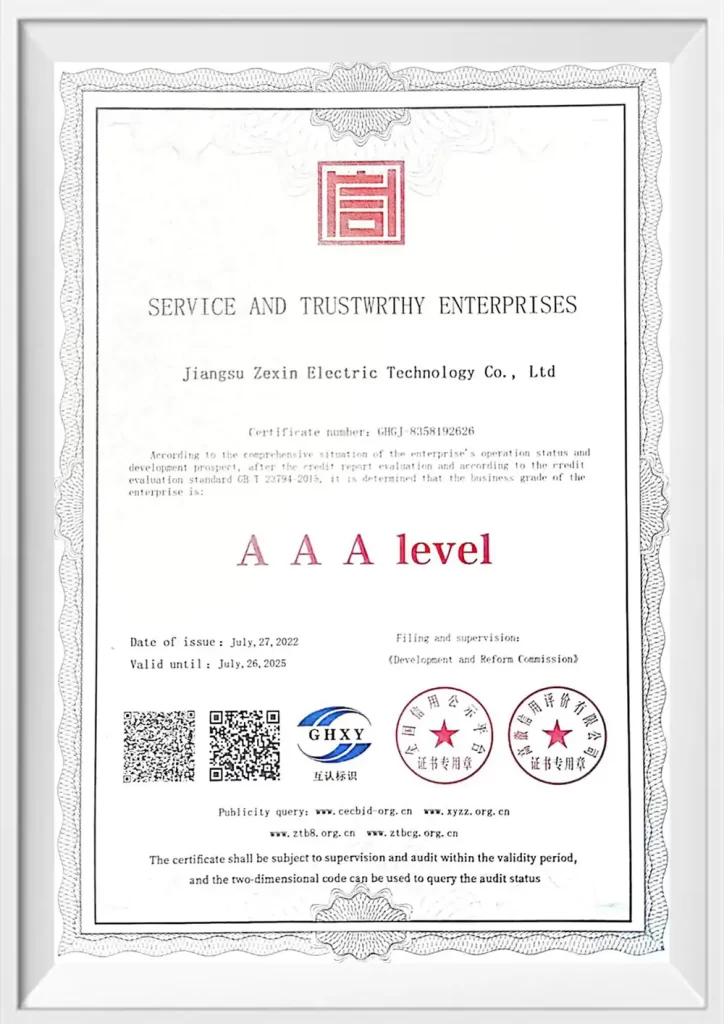Cable ladder straight adopts a ladder-type main beam structure with crossbar support. This structure is derived from the mechanical principle of traditional I-beams. The main beam bears the weight of the main body, and the crossbar provides lateral support and cable support, so that the overall bridge has excellent structural strength and stability while maintaining a relatively light weight. The ladder-type main beams are arranged regularly and evenly spaced, which effectively disperses the load stress and avoids structural deformation or partial collapse. The maximum load capacity of Cable ladder straight under standard installation conditions can reach 200kg/m, far exceeding ordinary trough or tray-type bridges. This load-bearing level is not only capable of centralized laying of large-section power cables and control cables, but also can adapt to the complex requirements of high-load and high-density cable wiring in industrial sites. The open structure of the ladder bridge naturally has good air circulation capacity. The cables are completely exposed to the natural ventilation environment during the laying process, which can achieve sufficient heat exchange between the cable body and the ambient air. It can discharge more heat from the bridge per unit time, improving the overall thermal stability of the system. It is especially suitable for laying power equipment lines that need to run for a long time or in areas with high wiring density and concentrated heat.
As a famous China Cable ladder straight Manufacturers and Cable ladder straight Factory. we are a professional factory that produces and sells various types of cable trays, solar brackets, marine trays, bus ducts and their accessories. The cable tray styles produced by our factory are divided into cable ladder, cable trunking, perforated, marine cable ladder, etc. The materials are divided into: steel , stainless steel 304/316, aluminum alloy , fiberglass , and fireproof cable tray . Surface treatment is divided into: cold galvanizing, hot-dip galvanizing, spray coating, etc. The design department can select the required product type and surface treatment based on on-site construction. The product is widely used in industries such as coal, chemical, metallurgical, steelmaking, power generation, pharmaceuticals, solar power generation, water treatment, wind power generation, and shipbuilding. We can provide users with complete cable laying, installation of supporting products and solutions. And our company is a first tier agent for lightweight solar panels.
We are high-quality suppliers to major companies such as State Grid Heilongjiang Electric Power Co., Ltd., Zoomlion Heavy Industry Science and Technology Co., Ltd., and Jinchuang Group Co., Ltd; The products are exported to various parts of the country such as Xinjiang, Ningxia, Guangxi, etc. Our clients are located in over 100 countries and regions around the world, including Singapore, the Philippines, Thailand, South Korea, Kenya, and South America. We welcome you to visit and inspect our company on site. Looking forward to becoming your partner.
-
When selecting a cable management system, Cable Ladder Rack is often considered a better option than traditional systems such as cable trays or cable ...
READ MORE -
Introduction In modern electrical and industrial installations, cable management is crucial for safety, efficiency, and longevity. Cable trays are wi...
READ MORE -
1.Choosing the Right Cable Trunking Type Cable trunking systems are solutions used to protect cables and ensure their safe transmission. These trunkin...
READ MORE -
Introduction to Wire Mesh Cable Trays What are Wire Mesh Cable Trays? A wire mesh cable tray, also called a wire cable tray or mesh cable tray, is a t...
READ MORE -
The Role of Perforated Cable Tray in Solar Power System Wiring Understanding Perforated Cable Trays and Their Functionality Perforated cable trays are...
READ MORE


 English
English عربى
عربى








